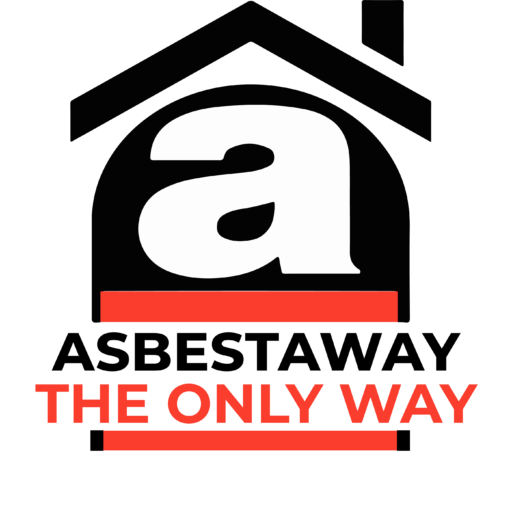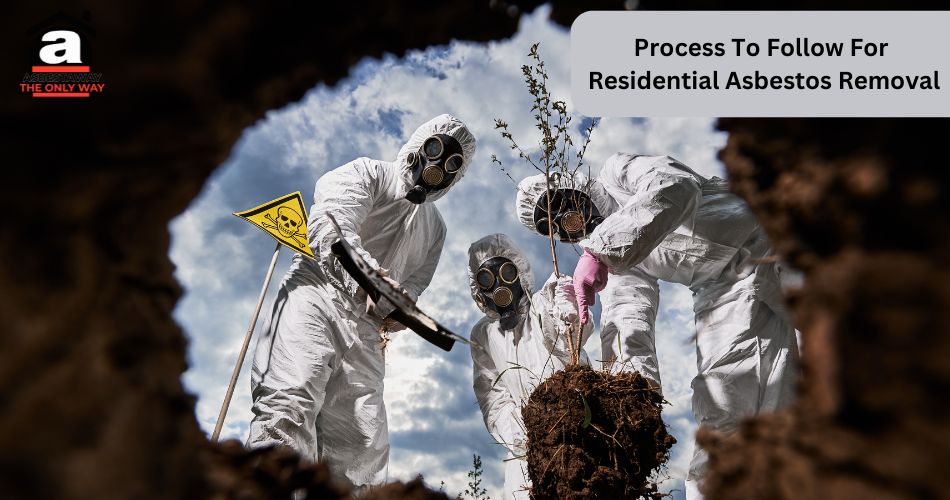Residential asbestos removal is a crucial process aimed at ensuring the safety and well-being of occupants in homes where asbestos contamination is present. Asbestos, once widely used in construction materials for its heat resistance and durability, poses serious health risks when disturbed or deteriorated, leading to the release of harmful fibers into the air. To address this hazard, specific steps must be followed to safely and effectively remove asbestos from residential properties. Below, we outline the comprehensive process involved in residential asbestos removal:

1. Hire a Licensed Professional
It is imperative to engage a licensed and certified asbestos removal company to undertake the task. These professionals have the necessary expertise, training, and equipment to handle asbestos safely and in compliance with regulations.
2. Inspection
A thorough inspection of the residential property is conducted to assess the extent of asbestos contamination. This step involves identifying areas where asbestos-containing materials (ACMs) are present and evaluating their condition.
3. Develop a Removal Plan
Collaborate with the asbestos removal company to devise a detailed removal plan tailored to the specific requirements of the property. This plan outlines the methods, techniques, and safety protocols to be employed during the removal process.
4. Notify Residents
All occupants of the residential property must be informed about the asbestos removal process. Clear communication is essential to ensure their cooperation and adherence to safety precautions during the removal activities.
5. Removal Process
Following the approved removal plan, the asbestos removal team proceeds with the systematic removal of ACMs from the property. Specialized equipment and protective gear are utilized to minimize the release of asbestos fibers into the air.
6. Disposal
Proper disposal of the removed asbestos is paramount to prevent environmental contamination and health hazards. The disposal is carried out in accordance with local regulations and guidelines, which may include sealing and labeling of waste containers.
7. Post-Removal Inspection
After the completion of removal activities, a comprehensive inspection is conducted to verify that all identified asbestos-containing materials have been successfully removed from the property.
8. Clearance Certificate
Upon satisfactory completion of the removal process, a clearance certificate is issued by the asbestos removal company. This certificate serves as official documentation that the property is safe and free from asbestos contamination.
9. Monitor Health
Ongoing monitoring of the health of residents and workers involved in the removal process is essential to detect any potential health effects resulting from asbestos exposure. Prompt medical attention should be sought if any symptoms arise.
10. Follow-Up Maintenance
Implementing follow-up maintenance measures and periodic monitoring is crucial to prevent future asbestos contamination in the residential property. This may involve repairing or replacing building materials to eliminate potential sources of asbestos exposure.
Why Choose Asbestaway For Asbestos Removal?
Asbestaway is the premier choice for asbestos removal due to their unmatched expertise, commitment to safety, and comprehensive services. With a team of highly trained professionals and state-of-the-art equipment, Asbestaway ensures the safe and efficient removal of asbestos from residential properties. Their meticulous attention to detail, adherence to strict regulations, and dedication to customer satisfaction make them the trusted partner for addressing asbestos hazards. Whether it’s conducting thorough inspections, developing tailored removal plans, or providing post-removal clearance certificates, Asbestaway delivers exceptional quality and peace of mind to homeowners seeking reliable asbestos removal services.
Conclusion
In conclusion, residential asbestos removal requires meticulous planning, execution, and adherence to safety protocols to safeguard the health and well-being of occupants. By following the outlined process and working with licensed professionals, homeowners can effectively mitigate the risks associated with asbestos contamination in their properties

